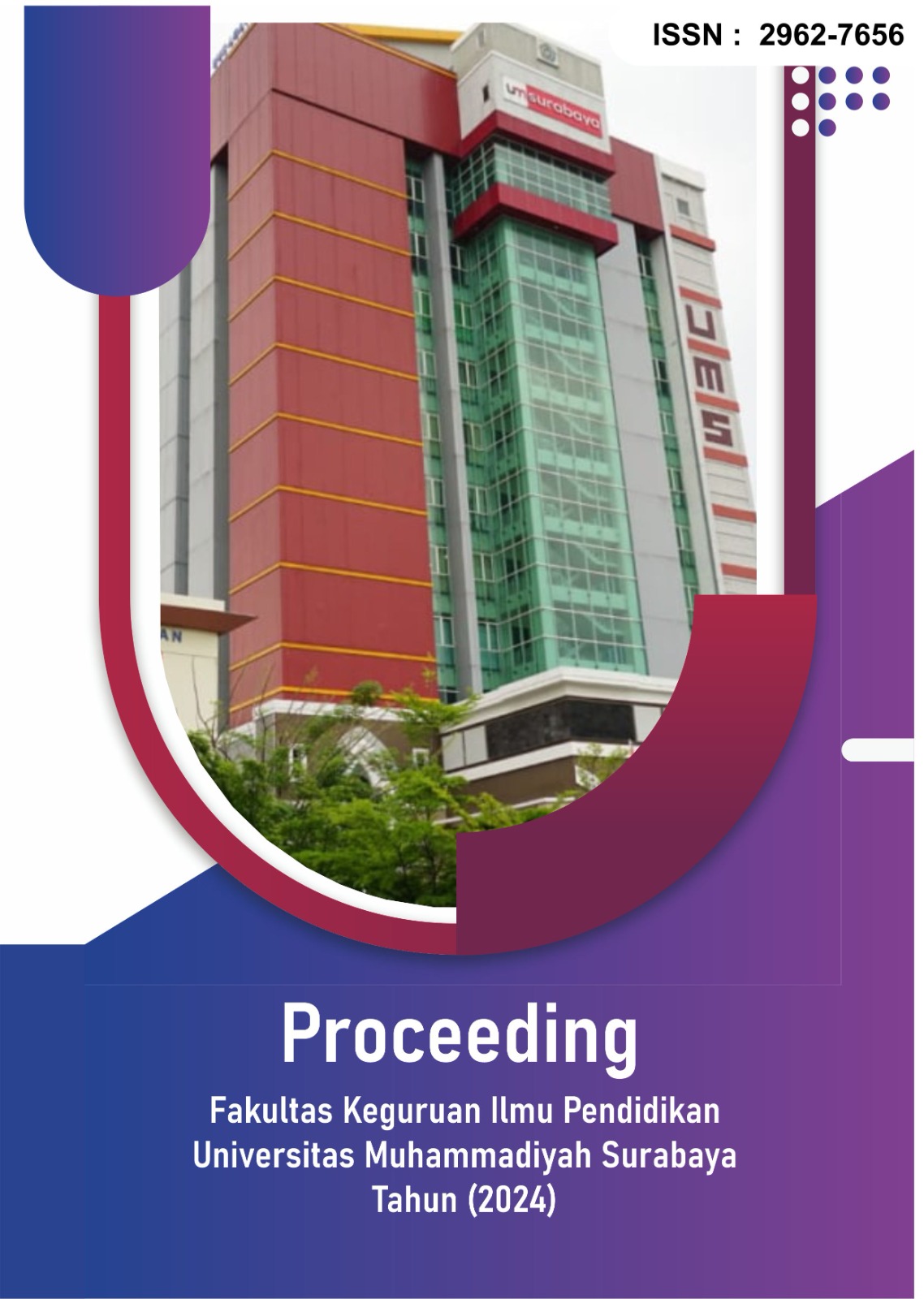Analisis Kemampuan Literasi Matematika SIswa SMP Dalam Pemecahan Masalah Matematika Ditinjau dari Perbedaan Gender
DOI:
https://doi.org/10.30651/pc.v1i1.24069Abstrak
This descriptive research with a qualitative approach aims to describe the level of mathematical literacy of junior high school students in solving mathematics problems in terms of gender differences. The research subjects consisted of six students with high, medium and low categories. The data collection techniques used were tests, interviews, and documentation. Triangulation techniques were used to analyze the results of written tests and interviews. The results showed that gender has an effect on solving math problems. Male students with low ability tended to give short answers without detailed explanations, while male students with medium and high ability were able to explain the solution steps better. Female students with low ability had difficulty in writing formulas and solution steps, while female students with medium and high ability could explain and write the solution method clearly. The difference in problem solving methods between male and female students can be seen in fulfilling the indicators of mathematical literacy based on Polya. Male students were able to mention four indicators of mathematical literacy compared to female students who were able to mention three indicators of the four indicators, but female students tended to be better at communicating the explanation of the problem solving. The difference in mathematical literacy of male students is equal to that of female students, with the difference lying in the ways and stages of solving the problems given.
Referensi
Ananda, E. R., & Wandini, R. R. (2022). Analisis kemampuan literasi matematika siswa ditinjau dari self efficacy siswa. Jurnal Obsesi: Jurnal Pendidikan Anak Usia Dini, 6(5).
Azzahroh, L. S., & Putri, R. K. (2023). Analisis kemampuan literasi matematis siswa SD ditinjau dari perbedaan gender dan kemampuan matematis. Journal of Mathematics Education and Science, 6(1), 37–45.
Fidianto, S., Supriyono, S., & Purwaningsih, W. I. (2023). Analisis kemampuan literasi matematika dalam menyelesaikan masalah matematika ditinjau dari rasa ingin tahu siswa. JLEB: Journal of Law, Education and Business, 1(2), 787–792.
Hanum, A., Mujib, A., & Firmansyah, F. (2020). Literasi matematis siswa menggunakan etnomatematika Gordang Sambilan. JIPMat, 5(2), 173–184.
Isnaniah, I., Imamuddin, M., Charles, C., Syahrul, S., & Zulmuqim, Z. (2021). Kemampuan literasi matematika siswa berdasarkan gender. Lattice Journal: Journal of Mathematics Education and Applied, 1(2), 131–137.
Jamaesa, R. A., Prayitno, S., & Hapipi, H. (2022). Analisis kemampuan literasi matematika siswa kelas VIII ditinjau dari perbedaan gender di MTsN 1 Mataram tahun ajaran 2020/2021. Griya Journal of Mathematics Education and Application, 2(2), 485–492.
Maghfiroh, L. N. (2021). Analisis kemampuan literasi matematika siswa ditinjau berdasarkan perbedaan gender siswa kelas VII MTsN 6 Blitar pada materi aljabar.
ZamZami, M. R., Wibowo, N. C., Ana Wati, S. F., Ghozali, I., & Imawan, M. R. (2024). Rancang Bangun Sistem Informasi Berbasis Web Menggunakan Metode Waterfall. CYCLOTRON, 7(01), 61–66. https://doi.org/10.30651/cl.v7i01.21084
Mahiuddin, W. P., Masi, L., Kadir, K., & Anggo, M. (2019). Analisis kemampuan literasi matematis siswa SMP di Kabupaten Konawe dalam perspektif gender. Jurnal Pendidikan Matematika, 10(1), 55–65.
Ghozali, I., Imawan, M. R., Zamzami, M. R., & Zuhri, S. (2023). WEBMAP UNTUK PENGEMBANGAN JALUR IRIGASI BARU DI KABUPATEN LAMONGAN. SATUKATA: Jurnal Sains, Teknik, dan Studi Kemasyarakatan, 1(5), 255-264. https://doi.org/10.47353/satukata.v1i5.1401
Mawardi, K., Arjudin, A., Turmuzi, M., & Azmi, S. (2022). Analisis kemampuan pemecahan masalah matematika pada siswa SMP dalam menyelesaikan soal cerita ditinjau dari tahapan Polya. Griya Journal of Mathematics Education and Application, 2(4), 1031–1048.
OECD. (2019). PISA 2018 Result ()Volume 1) : what students know and can do. OECD Publishing. https://doi.org/10.1787/5f07c754-en
Sa’adah, N. H. (2022). Perbedaan gender dalam memilih lembaga pendidikan ditinjau dari teori pilihan rasional James S. Coleman. Yinyang: Jurnal Studi Islam Gender Dan Anak, 17(2), 223–236.






